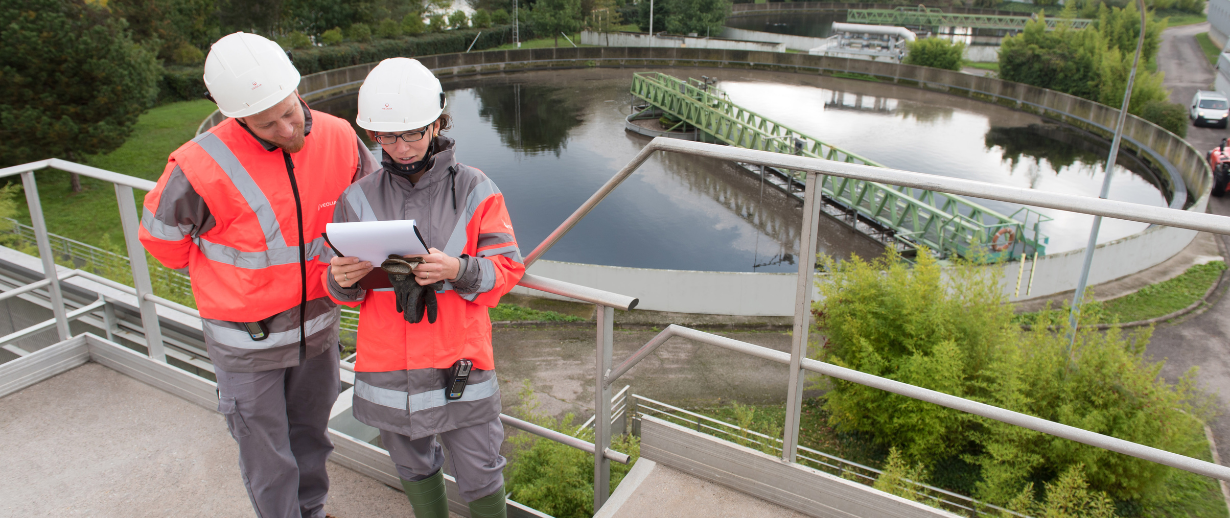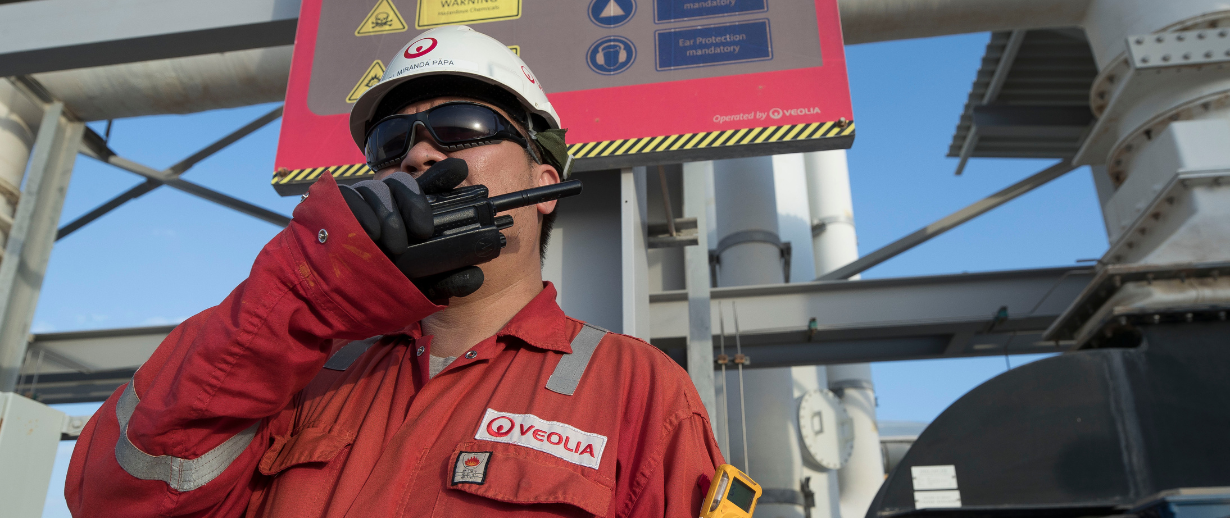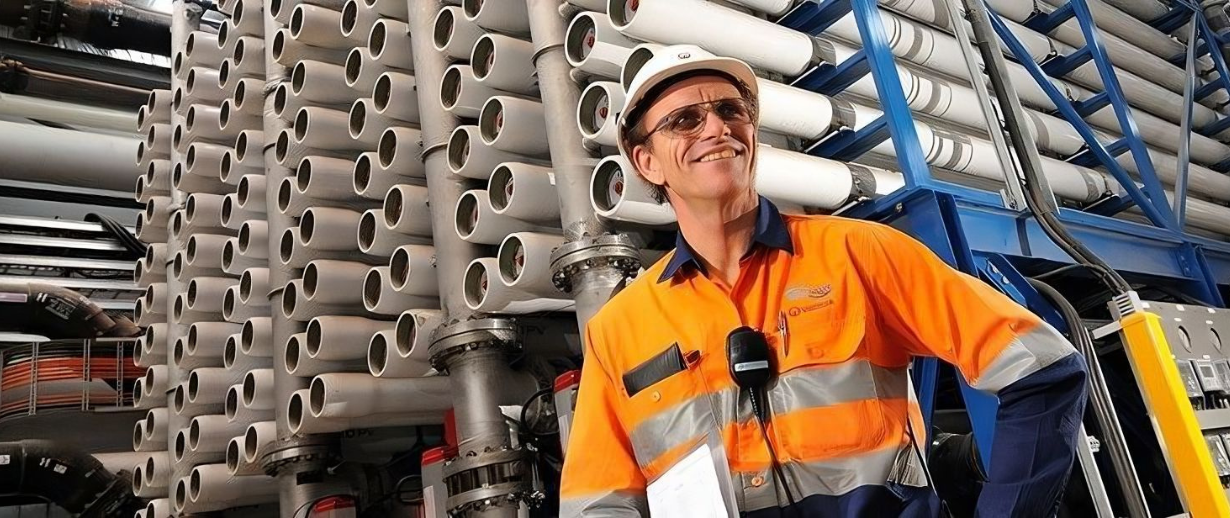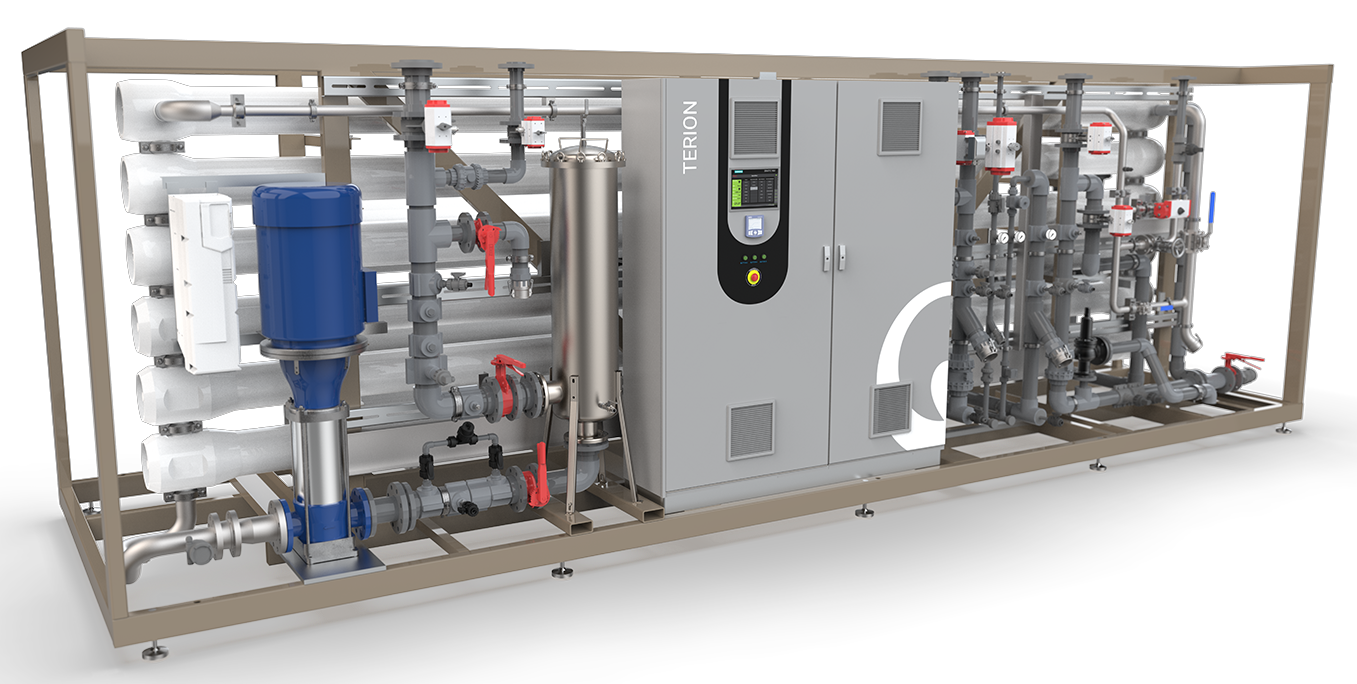Water is becoming a scarce resource, meaning it is more important than ever that water waste is minimised. In fact, by 2050, the UK is expected to hit a water deficit of four billion litres per day. Here, we highlight five ways plant operators in the industrial sector – which consumes around 5-10% of global freshwater – can reduce their water consumption.
1 - Evaluating overall water usage

It might sound obvious but evaluating the water usage of the entire plant and looking for ways that water consumption can be minimised or water intensive equipment can be upgraded to more efficient technology is a logical place to start. The production process must be analysed as well as procedures for flushing, and cleaning. As part of an evaluation, water utility bills should be analysed as these will break down water consumption in detail. This will allow operators to set goals and track progress with facts and figures.
2 - Performing routine maintenance

One of the most common reasons for water wastage within industrial plants is due to leakages, which result from faulty pipes. Therefore, thorough checks should be completed, which evaluate the condition and performance of an entire water system. Often, process piping has been routed inefficiently or valves and connections are fractured or poorly sealed. After issues like these have been identified, a scheduled maintenance plan can be implemented to proactively find and repair any pipework weaknesses or faults that may in time result in leakage. This could also involve checking with equipment or supply manufacturers to ensure that cleaning agents, ion-exchange resins, and plant equipment are all optimal for your processes. For example, checking minimum flow rates and adjusting downward if appropriate.
3 - Installing monitoring devices
-png-1-1.png)
To further assist with scheduled maintenance and optimisation, digital monitoring systems can be implemented. Put simply – for many, digital monitoring is a game changer – helping to diagnose leaks and other issues far quicker than perhaps has previously been possible.
Our Hubgrade™ cloud-based digital monitoring system can monitor water and wastewater treatment systems and provide a range of information digitally via a phone or tablet. If there is an issue such as a leak, it will send an alert to a plant operator, and an engineer can be sent to resolve the problem immediately. Hubgrade™ can also be used to optimise and monitor the overall performance of the facility. Should a serious issue ever arise, VWT experts can offer remote analysis, and offer a water efficient solution.
4 - Recycling wastewater on existing systems

Furthermore, rejected wastewater can often be recycled back to a plant inlet and treated once again. For example, the water that is rejected by reverse osmosis (RO) has a high level of total dissolved solids (TDS) and is sent to a reject stream where it is discharged. Alternatively, the reject stream can be fed through a secondary RO unit. The permeate from this RO can then be recycled back to the feed of the main system. As such, the total discharge volume is significantly lowered.
5 - Our Technologies

At VWT, we have a number of modern technologies that can be added into an existing water system that will contribute significantly to an industrial plant’s water savings. Highly efficient products such as TERION™ for example can replace traditional RO units. Doing this can have lasting benefits as it combines RO with continuous electrodeionisation (CEDI) within a single unit, removing over 99.9% of large dissolved organics. Orion is another product which incorporates multiple technologies within a single unit – water softening, RO and CEDI. In addition to that, it can also recover RO wastewater and retreat it.
Admittedly, many of these five recommendations will require moderate upfront costs. However, it’s about making changes that bring long-term value, and industrial plants will ultimately see a greater return on investment. Finally, given that the impact of global warming is only set to worsen - water is going to become scarcer. This means that proactive and positive changes like these will become increasingly important.
Click here to see Veolia Water Technologies’ product portfolio: https://www.veoliawatertechnologies.co.uk/products